An important cause of diseases in adults and children is insects. Many species of insects are primary or intermediate hosts or carriers of microorganisms that finally lead to human disease. They spread a wide variety of bacteria, viruses, protozoa, etc. They affect human health by biting or contaminating food or water supplies. The following are some common diseases caused by insects:
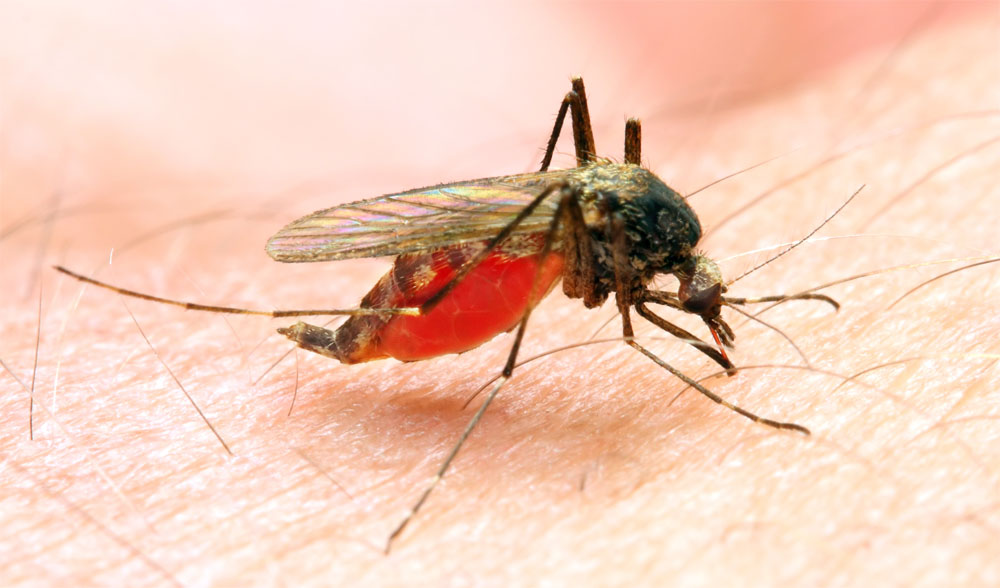
Malaria
Malaria is a serious and sometimes fatal disease caused by a parasite called plasmodium, which is carried by mosquitoes called anopheles. It is the deadliest arthropod-borne disease in the world. Malaria affects an estimated 250 million people worldwide every year and kills more than 600,000. About 2,000 cases of malaria are diagnosed each year in the United States. Humans get malaria through mosquitoes infected with the parasite, while mosquitoes become infected by biting the infected person. When a mosquito bites an infected person, it draws a small amount of blood from the body, which contains plasmodium. When it bites another person, the plasmodium will be mixed with the mosquito’s saliva and re-injected into the body, causing infection.
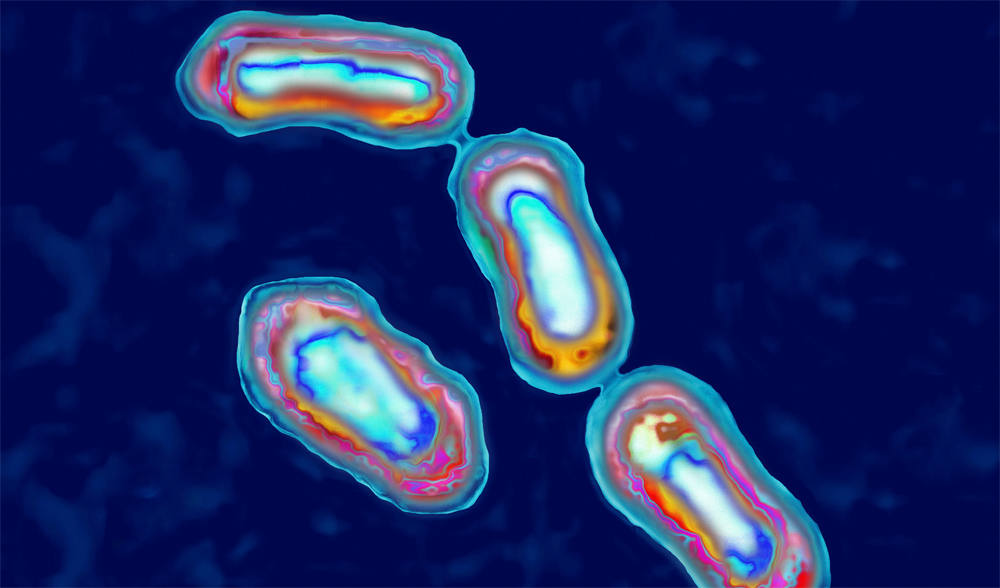
Plague
Plague is a deadly infectious disease that affects both humans and animals. But the main carrier of plague is not rodents, but fleas. Plague can be divided into glandular plague, septicemic plague and pneumonic plague according to the way of infection, among which glandular plague is the most common type. Plague affects both rodents and humans. Rodents are naturally immune to plague, while humans are not. In history, plague caused great public health disasters to the mankind. Especially in the 14th and 17th centuries, tens of millions of people died from the Black Death caused by the plague. Today, plague can still outbreak in certain parts of the world, which causes thousands of cases each year.
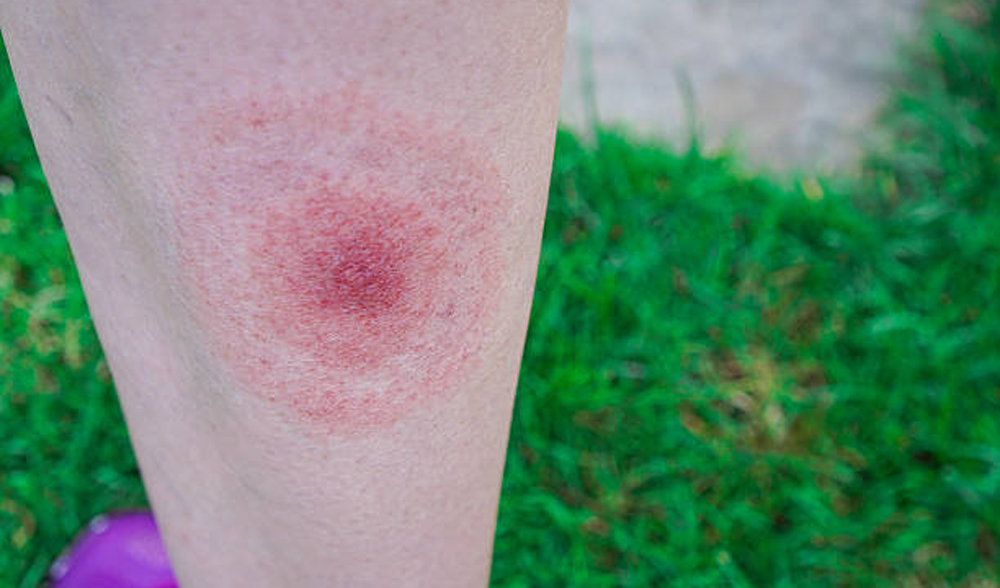
Lyme Disease
Lyme disease spreads mainly through deer ticks, which are tiny dark-brown arachnids. They carry a bacterium called borrelia bugdorferi. When they bite a person, the bacteria can easily enter the bloodstream, which will later lead to the Lyme disease. Typical symptom of the Lyme disease is localized rashes. Pink, red or concentric circles will appear after the bite. Along with the rash, patients may experience headaches, fever, fatigue, swollen glands in the neck and groin, as well as a muscle or joint pain.
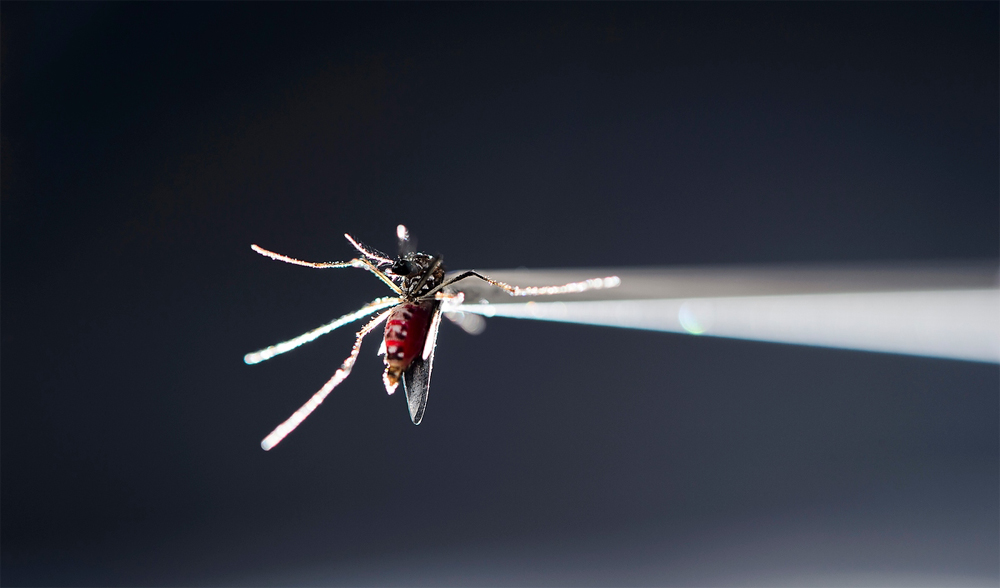
Zika Virus
Zika virus is similar to dengue fever, yellow fever and west Nile virus, which will be talked about later in this article. It is mainly carried by infected mosquitoes Aedes aegypti and is spread through bites. In addition, pregnant women are the most risky group of people since the virus can be transmitted to babies through intrauterine infection. Zika virus can be transmitted to the baby via the placenta if a woman is bitten by an infected mosquito during her pregnancy. Zika can cause microcephaly in newborns, which is a birth defect in the brain. The main symptoms of Zika virus are fever, rash, joint pain, etc.
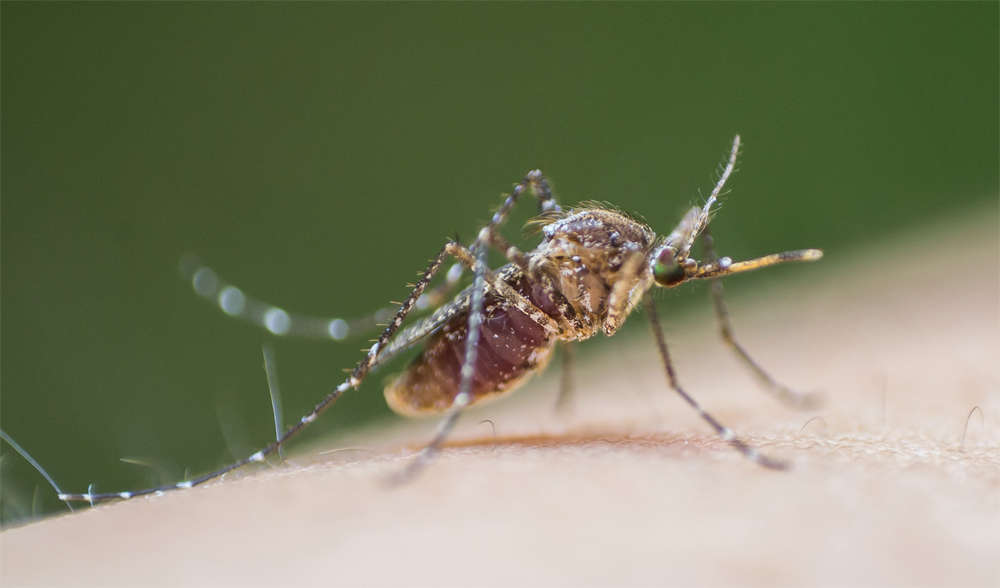
West Nile Virus
West Nile Virus (WNV) is endemic in tropical and temperate regions of the world, which mainly infects birds, horses, cats, skunks, rabbits and humankinds. Humans get WNV mainly through mosquito bites. The virus was first identified in Uganda, Africa, in the 1930s. There were small outbreaks of WNV in the 1950s and 1990s in regions including North Africa, Italy and the United States. WNV are the cause of the disease West Nile fever. The main symptoms are tiredness, fever, loss of appetite, nausea, muscle pain, rash, swollen lymph nodes, etc. In a small number of people infected with the virus, the virus may cause West Nile encephalitis or meningitis after it enters the brain.
Various Intestinal Diseases
Many types of intestinal diseases in humans and pets are bacterial, which result from certain forms of contamination of food or water. For example, the most common family pests like flies, cockroaches and ants are the main channels of mechanical transmission of the pathogenic bacteria. Their presence can sometimes cause problems beyond intestinal discomfort or short-term physical discomfort. They may cause more serious problems such as typhoid and cholera. In areas with poor sanitation condition, people’s life has long been threatened by these diseases.
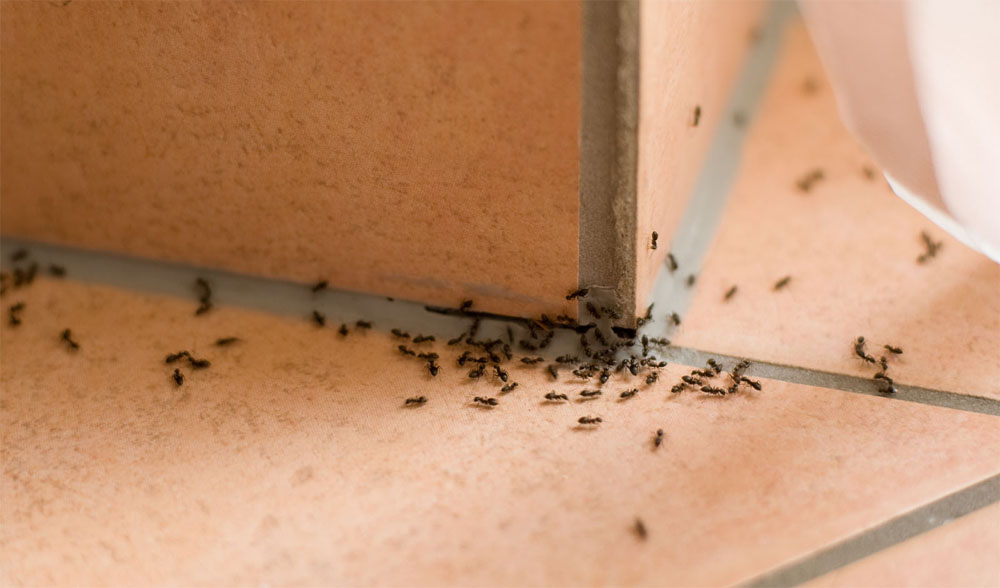
Arboviruses
Among the insect-borne diseases, Dengue and yellow fever are also caused primarily by the mosquitoes who transmit the viruses. For most of the insect-borne diseases, mosquitoes, flies and cockroaches are the common pathogenic insects. According to statistics, there are more than 20 types of viruses of public health importance are transmitted by mosquitoes. Dengue and yellow fever are transmitted by Aedes mosquitoes, while Culex mosquitoes are the transmitters of filariasis and Japanese encephalitis. Flies can spread diseases that pose a serious threat to human health, including typhoid, cholera and tetanus. Cockroaches can carry more than 40 kinds of pathogenic bacteria, such as Escherichia coli, dysentery bacillus, yersinia pestis, etc.
The spread of serious infectious diseases is often associated with common pests in everyday life. These diseases caused by insects should be taken seriously. Even in the cold winter, pests will try their best to take advantage of various conditions to avoid the cold, thus affecting human life. This means that pest control is a year-round task. So, it is particularly important to select appropriate and safe insecticide products for specific pest species.



